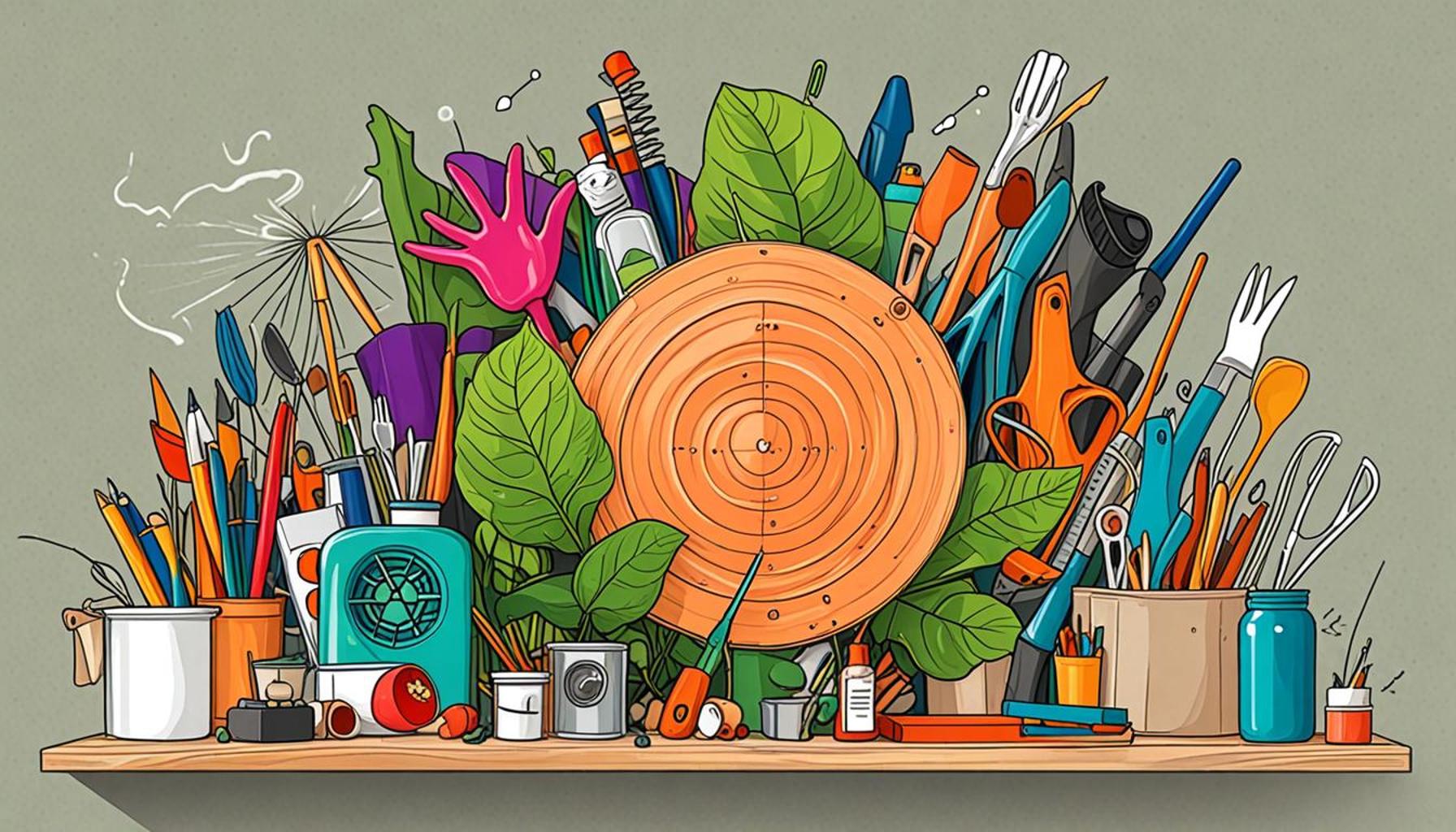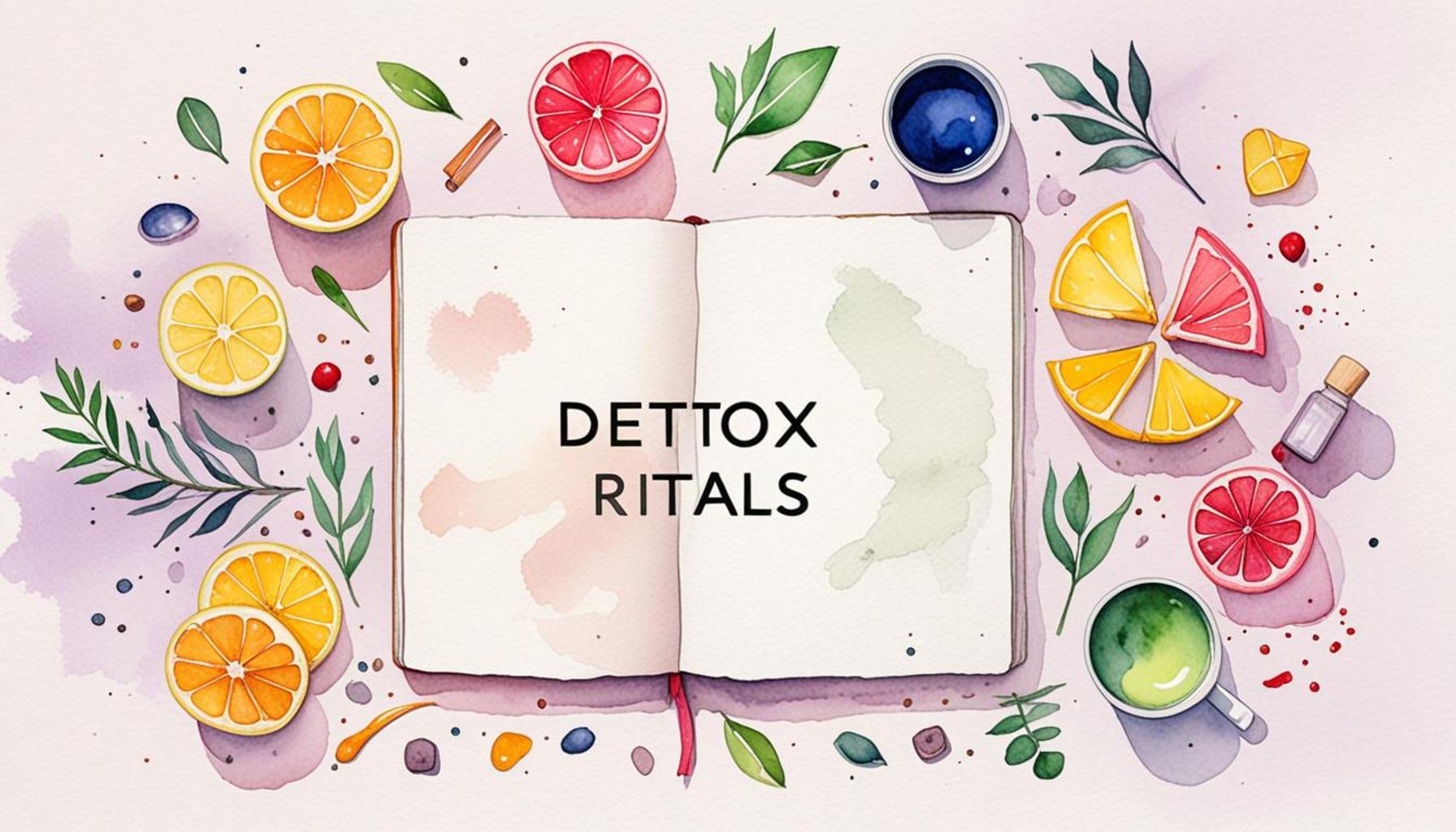Techniques of Detachment: How to Choose What to Keep and What to Donate

The Art of Letting Go
In a world brimming with possessions, the ability to let go becomes both an art and a necessity. Every item we own carries a story, a memory, or a sense of attachment that can make the decision to part ways particularly challenging. Whether you’re transitioning to a new home in bustling Lagos, with its vibrant markets and emerging living spaces, or striving for a minimalist lifestyle that prioritizes experiences over possessions, the process of decluttering can feel overwhelming. This guide aims to illuminate the path toward making thoughtful decisions about what to keep and what to donate, ensuring that your journey toward detachment is both fulfilling and empowering.
Key Aspects to Consider
When faced with the task of sorting your belongings, several critical aspects can ease the decision-making process. A methodical approach will not only reduce stress but also enhance the joy derived from your living space.
- Emotional Attachment: Analyze items for their emotional weight. For example, a wedding dress may bring joy and memories, while a stack of old magazines may only evoke guilt for not having read them. It’s important to discern which items truly enrich your life and which merely take up space.
- Utility: Reflect on how often you use each item. As a guideline, if you haven’t used something in over a year, it may be time to part ways. For instance, consider kitchen gadgets that seemed essential but now collect dust in the cabinet; donating them can benefit someone who will use them daily.
- Value to Others: Evaluate whether your unused items could make a positive impact in your community. Organizations like the Red Cross and local churches in Nigeria often welcome donations of clothing, furniture, and household items, ensuring that those in need can benefit from your excess.
By thoughtfully assessing these factors, you can approach decluttering with intention and clarity. Moreover, letting go can foster a sense of freedom and bring about a more vibrant living space. It is essential to remember that decluttering isn’t just a personal act; it is also an opportunity to contribute to your local community and spread goodwill. This practice not only lightens your emotional and physical load but also enhances the lives of those around you, creating a cycle of generosity and gratitude.
As we dive deeper into practical techniques for effective detachment, you will discover how minimalism can unlock new dimensions of freedom and joy in your everyday life. The journey to meaningful minimalism is not merely about removing items; instead, it’s about making conscious choices that resonate with your values and aspirations.
ADDITIONAL INSIGHTS: Expand your understanding here
Finding Your Focus: Techniques for Effective Detachment
As the journey toward detachment begins, it’s vital to adopt specific techniques that can simplify the process of deciding what to keep and what to donate. The primary goal is to create an environment that reflects who you are and what you value while shedding items that no longer serve a purpose in your life. Below are techniques that can empower you to make these choices with clarity and confidence.
1. The One-Year Rule
One of the simplest yet most effective methods is the one-year rule. This principle dictates that if you haven’t utilized a particular item in the past year, it may be time to part with it. This can apply to various categories, such as clothing, home décor, or even electronics. For example, consider clothing stowed away for that “someday” event; if it hasn’t seen the light of day in a year, it might be wise to let it go. This rule encourages a rigorous evaluation of possessions, promoting a lifestyle that embraces functionality and a little less emotional attachment.
2. The Marie Kondo Method
Inspired by renowned tidying expert Marie Kondo, this method emphasizes joy rather than obligation. By asking yourself, “Does this spark joy?” you can navigate through your possessions with a fresh perspective. This technique encourages you to hold each item, exploring the emotions it invokes. If it brings you joy, it earns a place in your home; if not, thank it for its service and move on. One way to implement this method effectively is to tackle one category at a time, such as clothes, books, or kitchen supplies, making the sorting process less daunting.
3. The Box Method
The box method is particularly effective for those who struggle with the decision-making process. Gather a series of boxes or bins to categorize your items as you go along. Label them as follows:
- Keep: Items that you absolutely can’t part with and are essential to your life.
- Donate: Items in good condition that you no longer need and that could benefit others.
- Trash: Broken or damaged items that are no longer usable.
Once you’ve sorted through a category, revisit each box after a few days. This reflection can provide valuable insights, prompting further evaluation and ensuring that your choices resonate with your current lifestyle.
Each of these techniques serves a unique purpose but ultimately leads to a common objective: achieving a decluttered life that nurtures your well-being. The act of letting go isn’t simply about removing items; it’s about making space for new experiences, relationships, and opportunities. By engaging with these strategies, you’ll not only ensure a more organized living space but also contribute positively to the community through acts of donation.
As you contemplate your belongings with fresh eyes, remember that this process is about more than just detachment; it’s about creating a home that truly reflects your identity and values. Prepare to unveil the transformative journey that comes from conscious decluttering, one thoughtful decision at a time.
| Advantages of Keeping | Reasons for Donating |
|---|---|
| Emotional Connection | Community Support – Donating helps those in need and strengthens community ties. |
| Usability – Items that serve a purpose enhance daily life. | Environmental Impact – Donating reduces waste and promotes sustainability. |
| Value Retention – Some items appreciate or maintain value over time. | Minimalism – Donating paves the way for a clutter-free environment. |
When practicing techniques of detachment, it is crucial to weigh the emotional and practical reasons behind keeping or donating items. Understanding these advantages can transform how you view your possessions. For those items that evoke fond memories or have a practical function in your life, retaining them makes sense. On the other hand, contributing to a charitable cause not only aids others but also fosters a sense of community consciousness. The ripple effects of donating go beyond the individual; they touch lives and reduce your ecological footprint, contributing to a more sustainable future. By engaging with both sides of this decision, you can cultivate a space that reflects your values while also helping to uplift the community around you. This balance is integral to mastering detachment, encouraging deeper reflection on the belongings that surround you.
CHECK OUT: Click here to explore more
The Emotional Detachment: Aligning Decisions with Values
While the practical techniques for detachment are invaluable, an equally essential aspect is emotional detachment. This process involves assessing individual values and understanding the emotional significance tied to possessions. Emotional connections often complicate our decision-making, making it challenging to part with items that we might rationally wish to let go of. Here are some strategies to help you align your possessions with your core values.
1. Identify Your Core Values
Understanding what truly matters to you can significantly influence your decision-making process. Take some time to reflect on your core values—these could include family, creativity, career, travel, or sustainability. Ask yourself which possessions align with these values. For instance, if sustainable living is a priority, consider donating items that no longer fit your lifestyle but are still in usable condition. This ensures that your decluttering efforts contribute positively to society while also helping you maintain a sense of purpose.
2. The Memory Box Technique
The memory box technique allows you to preserve emotional ties while minimizing clutter. Designate a specific box for keepsakes that hold special significance, like letters from loved ones or heirloom items. The challenge lies in limiting yourself to what fits in the box; this restriction encourages reflection on what truly holds meaning for you. In Nigeria, where rich traditions often accompany sentimental items, having a designated memory box can help you honor your heritage while embracing minimalism.
3. The Five-Minute Rule
Feeling overwhelmed by your belongings? The five-minute rule can help facilitate the decision-making process. Set a timer for five minutes and tackle a small section of items. As you review these belongings, quickly categorize them into your keep, donate, or trash boxes. This method minimizes overthinking and allows your initial reactions to guide your choices. Take special care to re-evaluate items if they remain in your “keep” box after several rounds of decision-making, as evolving feelings can inform your priorities.
4. Involve Others in the Decision-Making Process
Sharing your decluttering journey can ease emotional burdens and provide new insights. Involve family members or friends in the process, as they can offer objective perspectives. For instance, if you’re struggling to donate an old family heirloom, asking a relative about its significance might reveal that they value it more than you thought or remind you of its purpose. This communal approach not only leads to clearer decisions but strengthens relationships as you bond over shared memories.
5. Reimagine Donating as an Act of Generosity
Rather than viewing donation purely as a means of removing clutter, consider it a powerful act of generosity. Many Nigerians embrace community support systems, making donations exceptionally impactful. When you donate, your items could become invaluable to someone in need. Engage with local charities to understand their mission and how your contributions can make a difference. This shift in perspective encourages emotional detachment, allowing you to let go with grace.
By integrating these emotionally-focused techniques, you can approach detachment with a well-rounded mindset. It’s not merely about physical space; it’s about creating an environment that fosters your growth, aligns with your values, and maintains meaningful connections. As you navigate what to keep and what to donate, remember that this journey is unique to you, empowering you to create a home that resonates with both your past and your aspirations for the future.
YOU MAY ALSO LIKE: Read read another article
Conclusion: Embracing Detachment with Clarity and Purpose
Choosing what to keep and what to donate can fundamentally reshape not only your physical space but also your emotional landscape. By utilizing various techniques of detachment, you can empower yourself to make informed decisions that align with your values and aspirations. The journey towards decluttering is not simply about letting go; it’s about creating room for what truly matters. Remember that emotional connections can cloud judgment, making it vital to implement strategies like the memory box technique and the five-minute rule to enhance decisiveness.
Beyond practicality, this process fosters a sense of community, especially in a nation like Nigeria, where the act of donating carries significant meaning. Engaging with local charities can not only ease emotional burdens but also serve as a channel for your belongings to find new life. Involve family and friends, allowing their insights to enrich your perspective. By viewing donations as an act of generosity, you cultivate a mindset that celebrates giving rather than grieving the loss of items.
Ultimately, mastering the art of detachment requires self-reflection, an understanding of your personal values, and an openness to evolve throughout the process. As you navigate this unique journey, you’re not just decluttering your home; you are also enlightening your path towards a more meaningful and intentional life. In this way, you create a harmonious environment that honors your past while fully embracing your potential for the future.



